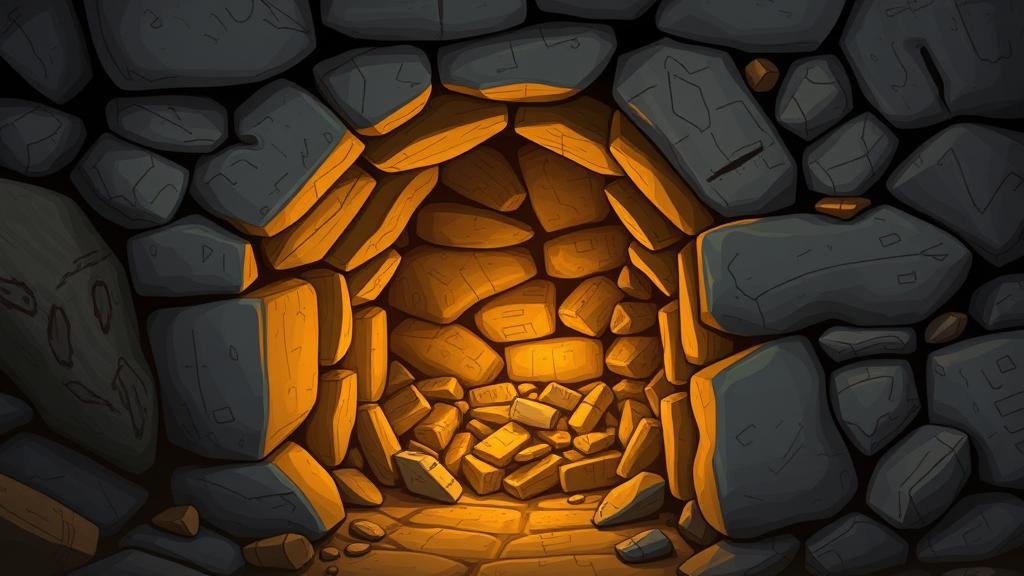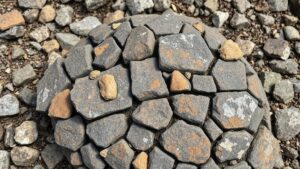Unearthing Treasure from Hidden Compartments in Historic Structures
Unearthing Treasure from Hidden Compartments in Historic Structures
The allure of hidden compartments in historic structures has captivated treasure hunters, archaeologists, and historians alike for centuries. These concealed spaces often contain artifacts, documents, and sometimes even untold stories of the past. This article explores the significance of these hidden treasures, methods of uncovering them, and the implications of their discovery for heritage conservation and historical scholarship.
The Historical Context of Hidden Compartments
Hidden compartments have been a part of architectural design for centuries. From secret rooms in castles to concealed safes in city buildings, these spaces served various purposes, including:
- Securing valuables during times of conflict.
- Hiding sensitive documents from prying eyes.
- Providing a haven for those in need, such as during the Underground Railroad in the United States.
For example, the Louvre Museum in Paris harbors hidden compartments that once protected artworks during World War II. Such facts illustrate the dual functionality–both practical and historical–of these hidden spaces.
Methods for Discovering Hidden Compartments
The process of uncovering hidden compartments has become increasingly sophisticated, employing both traditional and modern techniques. Among the most effective methods are:
- Historical Research: Before any physical exploration begins, extensive research into the structures history can yield insights about possible hidden compartments.
- Architectural Analysis: Trained professionals often conduct thorough inspections of structures, assessing material inconsistencies or unusual architectural features that may signify the presence of hidden spaces.
- Technological Innovations: Advanced tools such as ground-penetrating radar (GPR), infrared thermography, and X-ray systems can reveal concealed compartments without invasive digging.
For example, a recent study conducted in the historic center of Florence, Italy, utilized GPR to locate hidden chapels beneath existing structures, demonstrating the power of modern technology in archaeological discoveries.
Case Studies of Successful Discoveries
Several notable case studies highlight the successful unearthing of treasures from hidden compartments:
- The Wren Library: During renovations of the Wren Library at Trinity College, Cambridge, a hidden compartment was discovered containing rare manuscripts, essential for enriching literary scholarship.
- Mount Vernon: In George Washingtons estate, restorers found concealed cabinets containing personal letters. e artifacts provided invaluable insights into Washington’s life and leadership during pivotal moments in American history.
Such discoveries not only augment historical narratives but also enhance educational resources for researchers and the public alike.
The Ethical Implications of Uncovering Treasures
While the excavation of hidden compartments can reveal fascinating treasures, it also raises ethical questions. The primary concerns include:
- Ownership Rights: Determining who owns the artifacts can be contentious, particularly in cases involving Indigenous lands or sites of colonial histories.
- Preservation vs. Profit: The temptation to sell discovered artifacts can lead to their degradation and loss of historical context.
In light of these challenges, many experts advocate for a balanced approach that prioritizes preservation and public access over private profit. Smithsonian Institution, for example, operates with strict guidelines on artifact ownership and emphasizes the need for cultural sensitivity in archaeological pursuits.
Conclusion: Unveiling the Past for Future Generations
The discovery of hidden compartments in historic structures is a journey that intertwines history, archaeology, and ethics. Each revelation not only contributes to our understanding of past societies but also emphasizes the importance of preserving these stories for future generations. As technological advancements continue to improve our ability to uncover secrets of the past, it is crucial to navigate this terrain with respect and care.
To wrap up, the next time you stand before a historic building, consider the secrets it may hold within its walls. Whether you are a historian, a homeowner, or simply a curious mind, the hidden treasures of our architectural heritage await your exploration.


